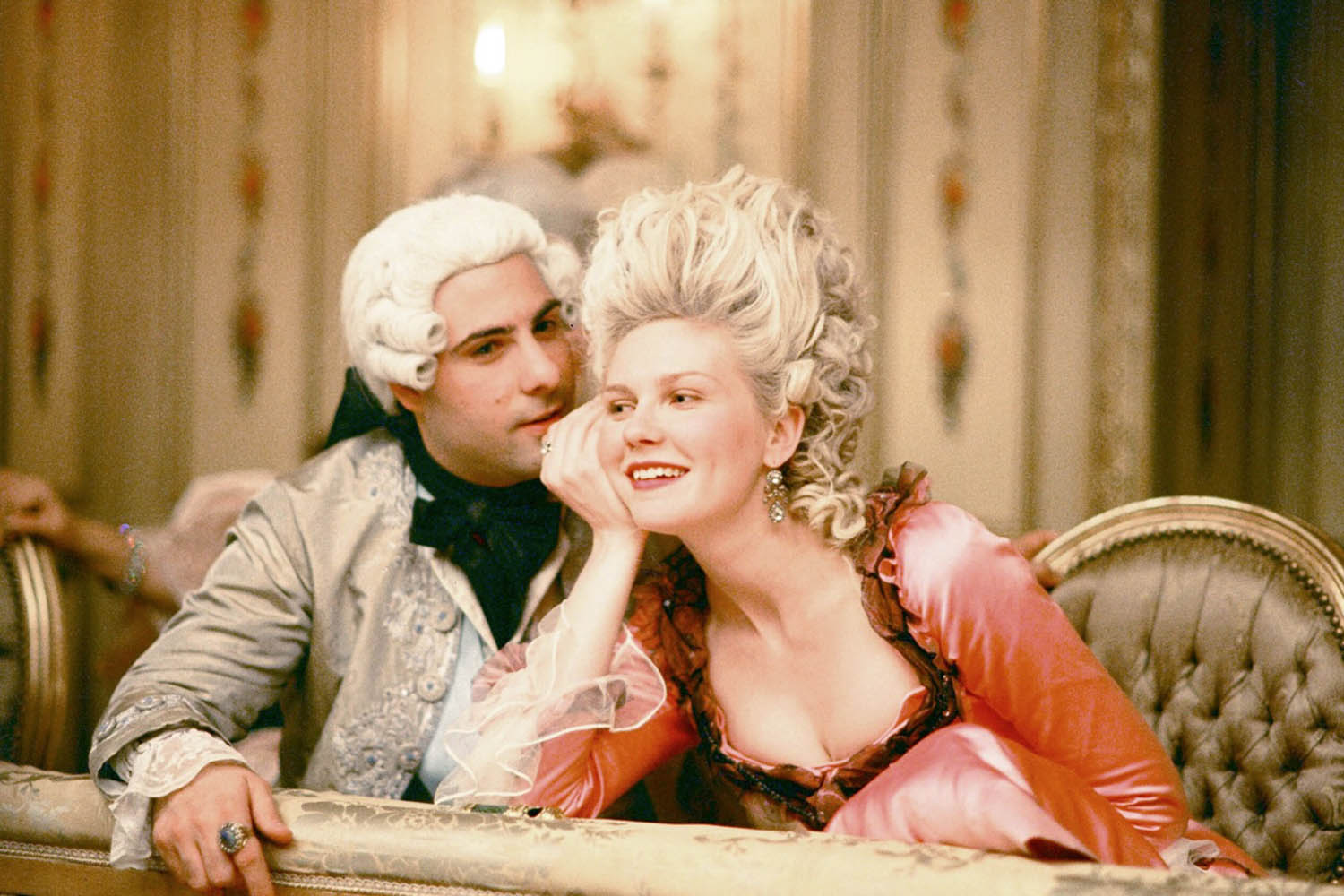Let them wear Manolos! The Victoria & Albert Museum has unveiled plans for an exhibition on the fashion legacy of Marie Antoinette.
The museum bills her as “the most fashionable, scrutinised and controversial queen in history” – although fellow decapitatée Anne Boleyn might give her a run for her money – and promises to unpick the misogyny that helped carry her to the French Revolution’s tumbrils. Manolo Blahnik, Carrie Bradshaw’s favourite footwear designer, is the headline sponsor. Expect plenty of pairs of shoes.
There is nothing unusual in choosing to examine a fashion icon. Nor is it possible to decouple feminist history from the history of costume: Tudor women changed their headdresses to indicate their changing political sympathies. It’s no substitute for a full and equal participation in the public sphere, but what’s a girl to do?
Sometimes, however, an airhead is simply an airhead. Modern women deserve better than Marie Antoinette as a model. She was married off as a barely literate teen to a rigid foreign court, saddled with a husband who had neither the gumption to protect her nor to consummate the marriage for seven years. She retreated to indolence and indulgence. Our cultural fixation depends on the cheap titillation provided by the nature of her death: a body once swathed in silks, bloodied by the guillotine, humiliated by the public gaze.
There are two possible approaches to retelling this story for a feminist generation. The first is to brazenly rewrite history, reinventing her as a mastermind who tutored her husband in statesmanship. This is the approach taken by a current BBC/Canal+ TV series. The second is to appreciate and understand why wealthy women fill their lives with trivia when denied real power. This is the approach of Sofia Coppola’s 2006 film, starring Kirsten Dunst. But this tactic often invites us to lust after Marie Antoinette’s lifestyle rather than reject its emptiness. Coppola’s heroine shops for shoes while refusing to read war briefings.
Rather than go down in cultural history as a terrible warning, the shoe shopping montage still litters the pages of “aspirational” mood boards. Manolo Blahnik provided the shoes, which is why it is sponsoring the V&A exhibit. Women’s public history should be more than a collaboration with a shoe designer.


